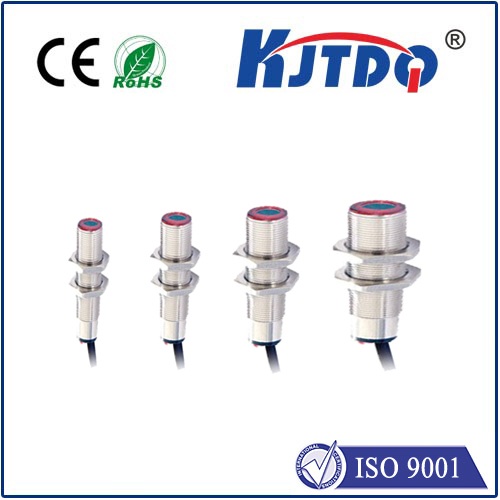
check

check

check

check
On some photoelectric switches, there are L and D dip switches, which represent light and dark respectively. L is the abbreviation of "Light" and D is the abbreviation of "Dark", indicating the operating conditions of the photoelectric switch.
When the photoelectric switch is running, it emits a beam through the transmitting device. When encountering obstacles, the beam will be reflected. The receiving device of the photoelectric switch senses the beam and converts it into a digital signal.
When the dial is set to L, it means bright, that is, the photoelectric switch will output only when it receives light.
When the dial is set to D, it means it is dark and there is no workpiece. The photoelectric switch will not receive the reflected beam, so there will be output. If there is a workpiece at this time, the photoelectric switch will stop outputting when it receives the light.
So L and D actually mean normally open and normally closed. L means there is output when there is light, and D means there is output when there is no light.










